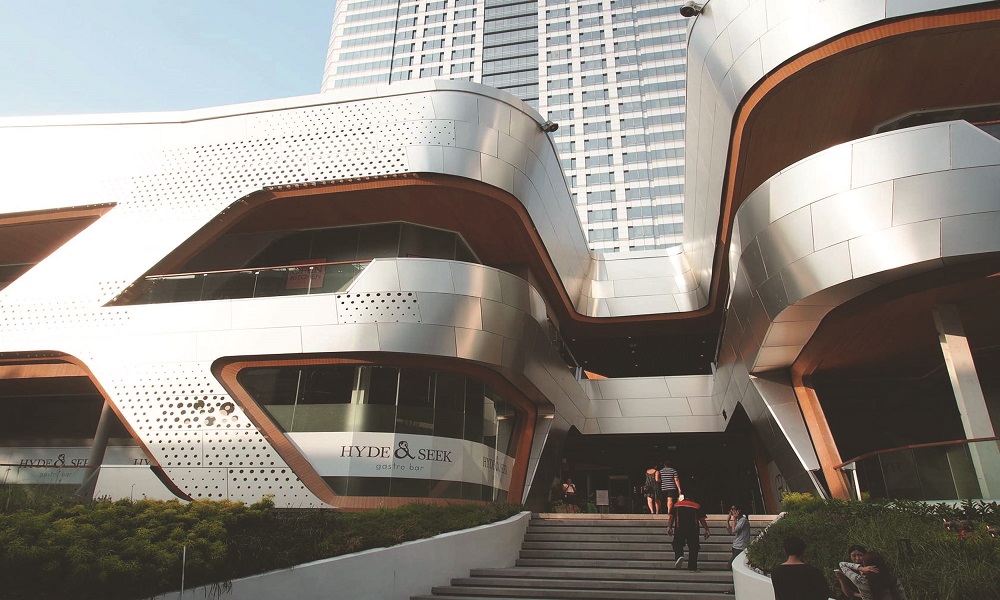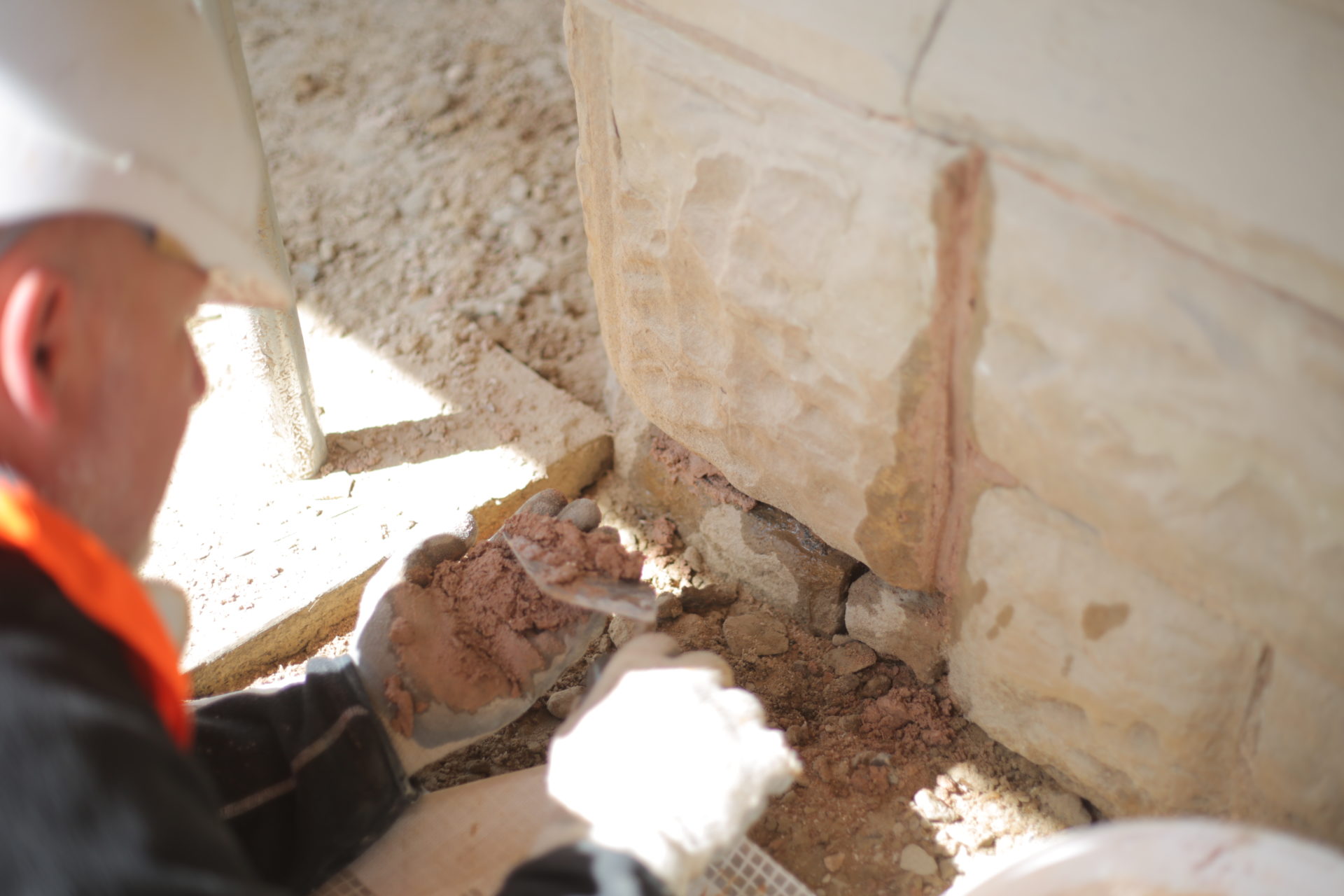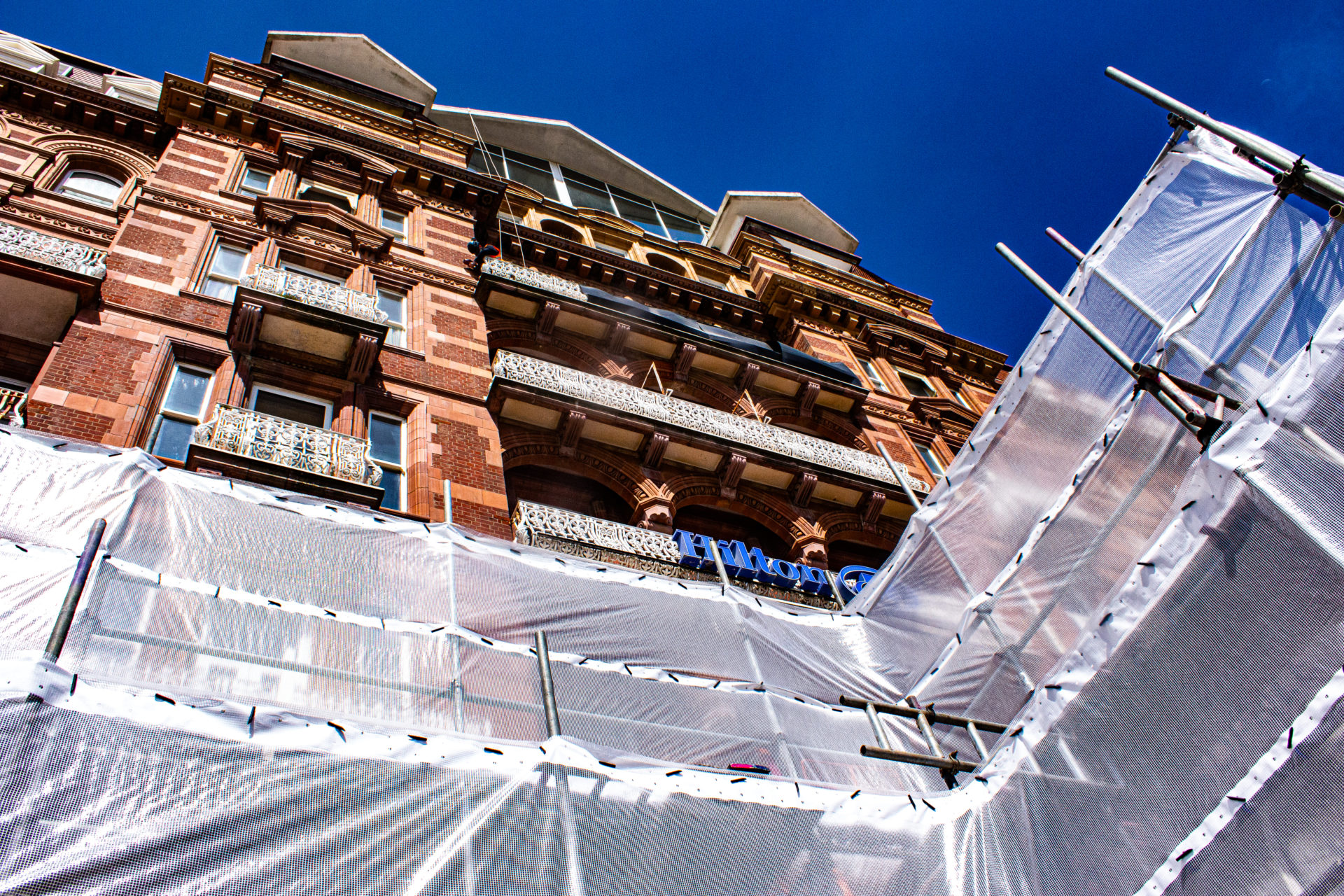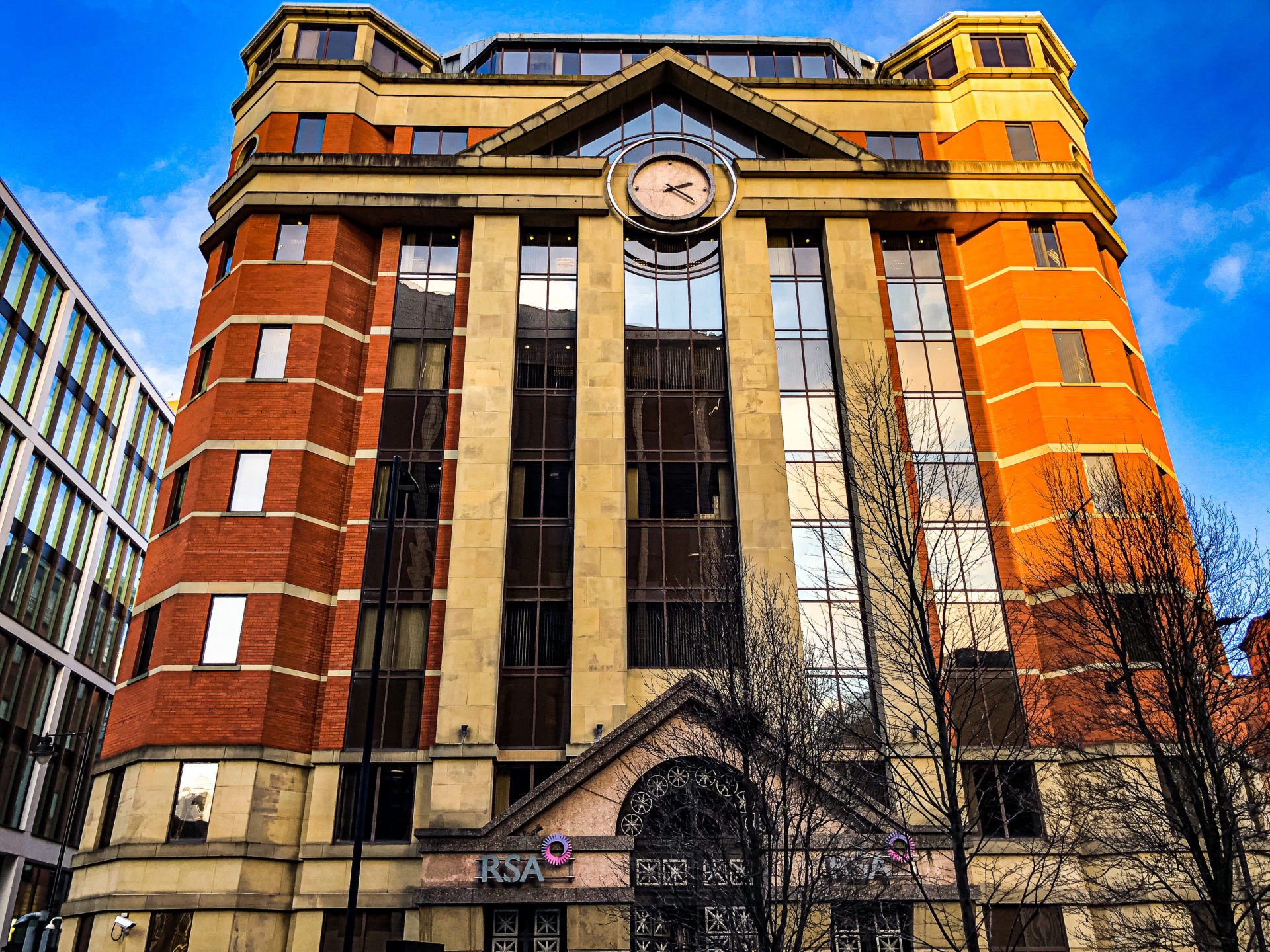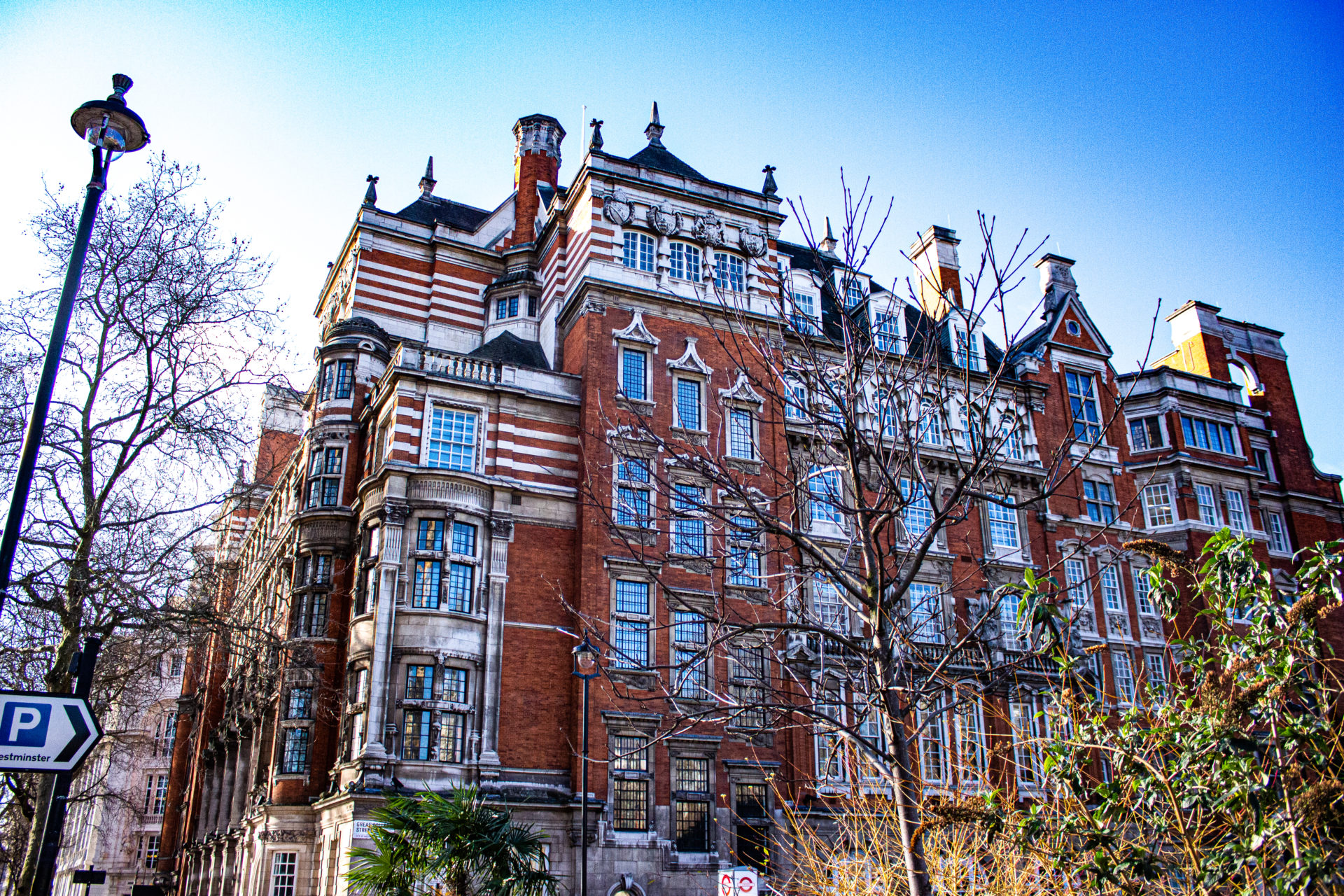When you decide you want to restore, clean or repair a listed building, the minefield of complex rules and regulations for Grade I, II* and II-listed buildings can be overwhelming – particularly when you are already anxious to preserve the integrity of your historic building.
Although the lists of dos and don’ts for listed building restoration in the UK is complex, there are key things you can and can’t do that provide a clear overview from which to plan a way forward.
Here’s a quick and easy guide to listed building restoration using 7 key things you should know before you decide to restore or clean a listed building.
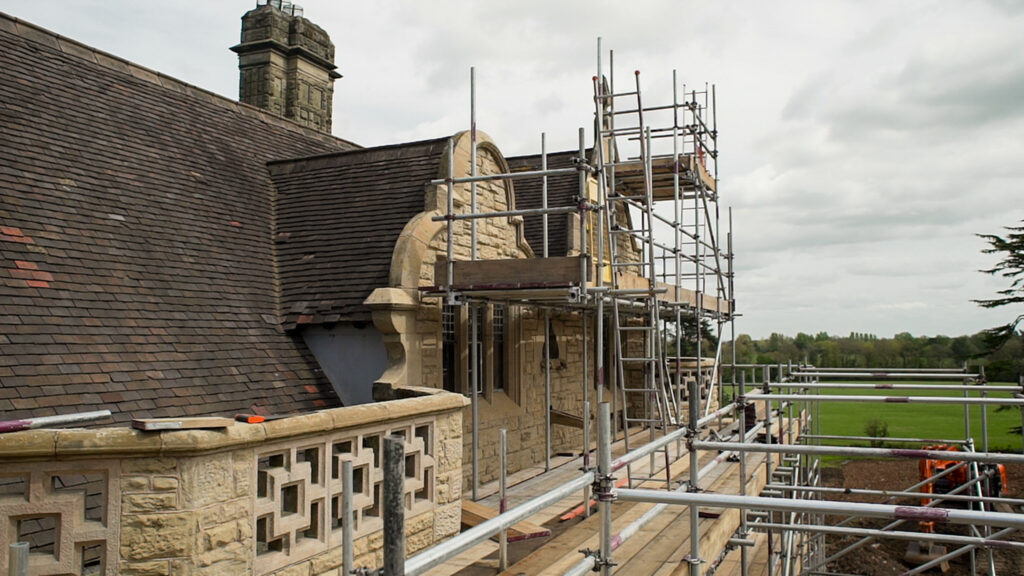
What is a listed building?
A listed building is a historic building which is of special interest due to its historical background and unique architecture.
Listed buildings can be classed as: Grade I, Grade II* or Grade II.
Most listed buildings are Grade II, which means they are of special interest. Grade I status is awarded to buildings identified as having exceptional historical importance, and Grade II* for buildings of significant importance.
You can expect any building that pre-dates the 1700s or was built between 1700 and 1850 to be a listed building unless it is now far beyond its original condition.
Why must I seek consent for listed building restoration?
Once a building is listed on the National Heritage List for England by the government, it becomes subject to the UK’s statutory planning system, whereby listed building consent must be sought for any type of works which may alter, extend or demolish the building.
Scotland, Wales and Northern Ireland each maintain their heritage list.
Planning restrictions apply to renovations and repairs to the listed building’s interior and exterior. For many listed buildings, outbuildings and garden structures are also included.
Before your listed building can be altered, extended or in some cases demolished, you will need to gain permission from the local authority planning department, whose decisions are made using listed building consent based on government planning guidance.
Although the guidance is lengthy and decisions take into account things like the condition of the building, viability, local importance and functionality, it is possible to make changes to your listed building.
These are the 7 crucial things you can and can’t do to a listed building, you should know before you make any decisions about listed building restoration or cleaning.
Listed building restoration: what you can and can’t do
1. Facade restoration:
As appealing as modern methods may seem, to preserve the history of your building, you will need to use traditional methods, colours and materials for any repairs, listed building cleaning or alterations.
Something as simple as listed building cleaning, painting, roof repairs, or rendering is likely to be subject to guidance criteria so the original quality and appearance of the building is maintained for the future.
Similarly, if you want to add any external decor to the building, such as lighting, solar panels, signs or satellite antennae, you are likely to need to seek permission.
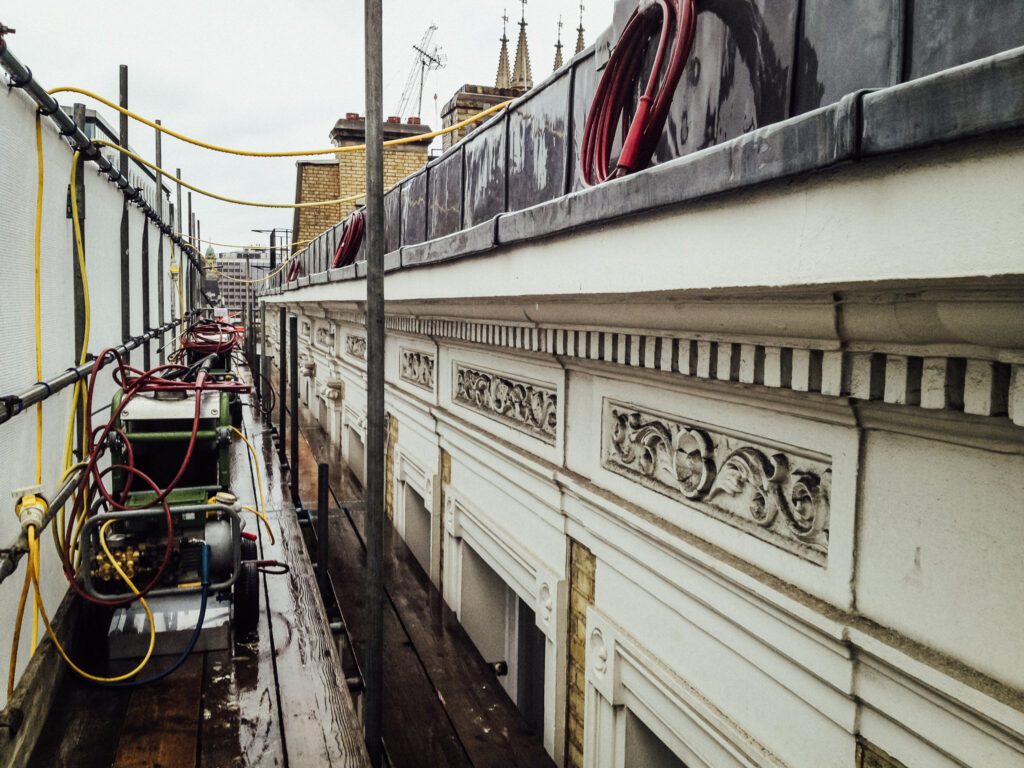
2. Original Features
The features of a listed building are part of its uniqueness, and thus, most are rigidly protected.
From fireplaces to doors, windows, floor tiles, internal walls, staircases, chimney stacks, ironwork and stonework, these are prized elements of the building that make it special. So, you can expect firm guidance about any changes or repairs to these detailed or delicate architectural features.
On the other hand, the painting of internal walls is usually ok although it may be best to seek clarification from your local conservation officer before doing so.
3. Stone Cleaning
Cleaning is an everyday ritual we pay little attention to. However, in the context of your listed building, you will need to think carefully before embarking upon any major external cleaning works.
Stone cleaning and restoration is one of the many listed building cleaning jobs that must be done by experienced experts to avoid causing serious damage to your building’s fabric. Harsher methods such as sandblasting aren’t strictly off limits, but make sure when consulting an expert, you choose the right solution to ensure no damage occurs to your stonework. At Building Transformation, we make sure our work is carried out in line with the philosophy of English Heritage and Historic England.
4. Roof repairs
Similarly, if you own a property, roof repairs are a standard part of general building maintenance. However, if you want to make repairs or renovations to the roof of a listed building there will be many guidelines to adhere to.
For example, repairs, replacement or changes to roof materials, roof timbers, roof structures or chimney structures are extensively covered by very precise guidelines and consent.
5. Extensions
It is possible to add a modern extension to listed buildings.
You’ll need to work closely with your conservation officer and an experienced architect to follow the unique guidance for your building. Most listed building extensions are minimalist designs that don’t detract from the original building and pay homage to its original materials and features.
6. Minor Repairs
As the owner of a listed building, you probably don’t have to seek consent for every tiny repair. The type of repairs that require consent are unique to each building, so it is always advisable to check with your local conservation officer before taking any action.
If you are unsure about how to carry out the repair work in certain areas, it may be best to speak to an expert. Especially if you are in need of specialist access services to reach any external repairs.
7. Advice
There are many places you can turn for solid advice about what you can and can’t do to your listed building.
Historic England, your local conservation officer, and staff in the local authority planning department are both great places to go when you need some reputable guidance.
Final thoughts:
Although the many restrictions to listed building renovation may feel frustrating at first, once you’ve got your head around the main areas of contention, it is possible to make changes to your listed building that you are happy with.
Listed buildings are a statutory fixture. Knowing what you can and can’t do in advance is essential if you want to avoid undesirable costs, delays, damage, the threat of legal action and worse in the long run.
At Building Transformation we have extensive experience in listed building restoration and cleaning.
From stone cleaning to façade restoration, roof repairs, external paint removal and more, we can provide the specialist care and attention your building needs, working precisely within your listed building’s needs.



